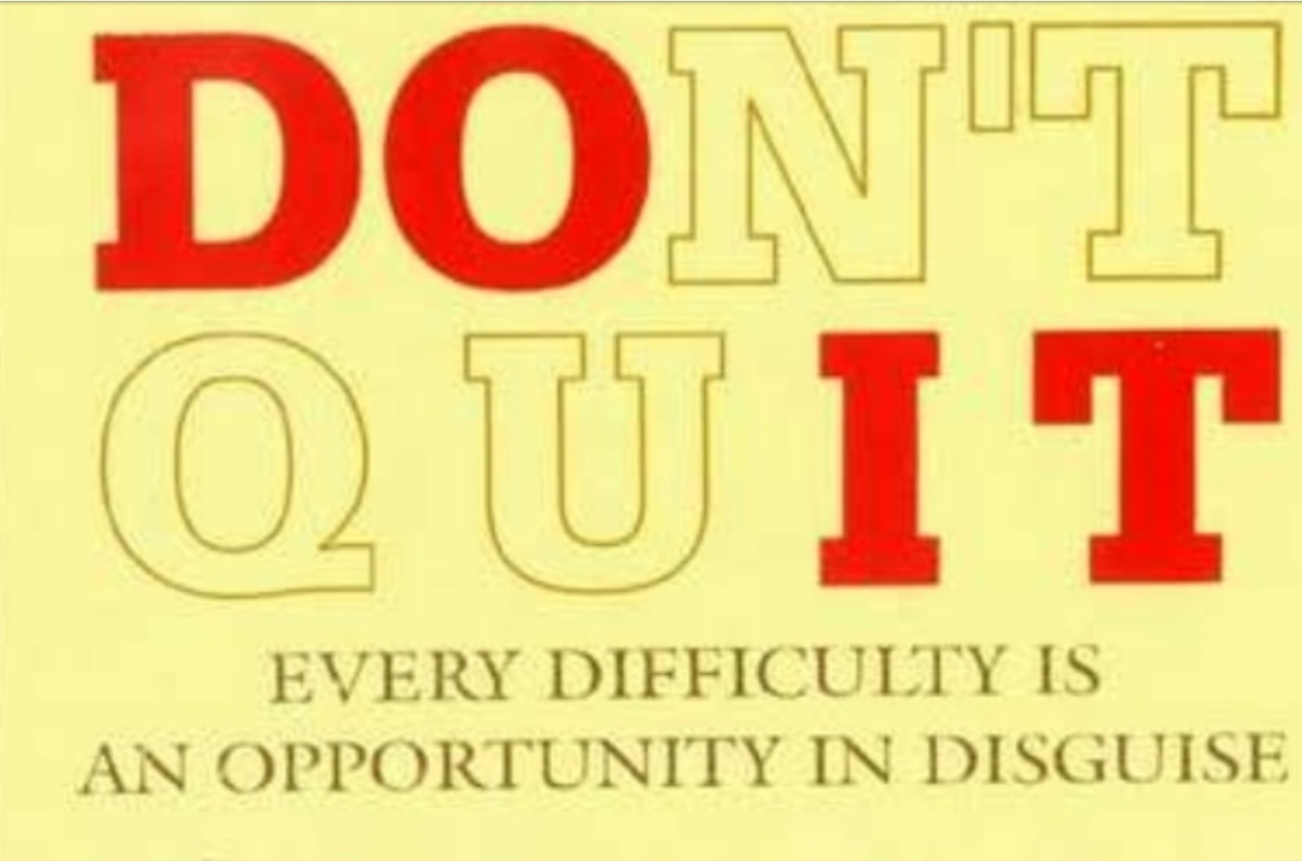Do India require transformational changes in the manufacturing sector for ensuring maximum outcomes in trade deals? Comment (200 Words)
Refer - Financial Express
Enrich the answer from other sources, if the question demands.

IAS Parliament 6 years
KEY POINTS
· According to WTO data, trade protectionism has been on the rise both in terms of the number of global trade-restrictive initiations and import coverage of these measures.
· In the current scenario, a two-pronged strategy of raising domestic competitiveness (via a carefully-planned and targeted Industrial Policy) and cushioning the industry from surge in imports due to trade diversion (via carefully-negotiated FTAs) is the need of the hour.
· In this regard, India needs to take a cautious approach towards FTAs.
· A NITI Aayog note (‘A Note on Free Trade Agreements and Their Costs’, had earlier highlighted that India’s combined trade deficit with FTA partners like the ASEAN, Japan and South Korea has almost doubled in the last eight years.
· India’s trade deficit with the Regional Comprehensive Economic Partnership (RCEP) bloc of over $100 billion is almost 64% of its total trade deficit, of which China alone accounts for over 60% of the deficit.
· The biggest driver for trading partner countries to sign an FTA with India is the access to a big and booming consumer market. So it’s quite logical for India also to assess what it gets in return.
· Against this backdrop, India must have a plan to deal with the massive support that China offers its industries, leading to overcapacity and price undercutting post-RCEP.
· A clause on provisional safeguard measures should also be introduced. Within the FTA, a provision should be made for safeguard measures to be invoked if a volume or price trigger for the concerned products is reached.
· Given the current state of Indian industry, phased elimination of tariffs is necessary especially with respect to some key manufacturing industries that have long gestation periods until they start running on full capacity.
· An example of this kind of negotiation was the India-Japan FTA where India negotiated for most of its tariff lines under sensitive track (almost 63% under sensitive track, 14% under exclusion).
· Therefore, at least a 15-25 years’ tariff elimination schedule should be negotiated for key sectors like chemicals, metals, automobiles, machinery, food products and textiles, which individually contribute more than 5% to India’s manufacturing GDP and employment.
· Thus, as suggested, phased elimination of few key manufacturing industries is absolutely essential with respect to China, and last but not the least, a rules of origin criteria that ensures a fair amount of value-addition to determine the source of a product.
Sanketh Palankar 6 years
Pls review sir..

IAS Parliament 6 years
Good attempt. Keep writing.
sahithya 6 years
Kindly review. Thank you.

IAS Parliament 6 years
Good answer. Try to include about trade deficit with ASEAN. Keep writing.
sahithya 6 years

Harisindhan 6 years
Critically review thank you

IAS Parliament 6 years
Try to include about trade deficit with ASEAN, India's export regime with trading blocs etc. Keep writing.
Deepesh 6 years
Kindly review

IAS Parliament 6 years
Good attempt. Try to include about trade deficit with ASEAN. Keep writing.